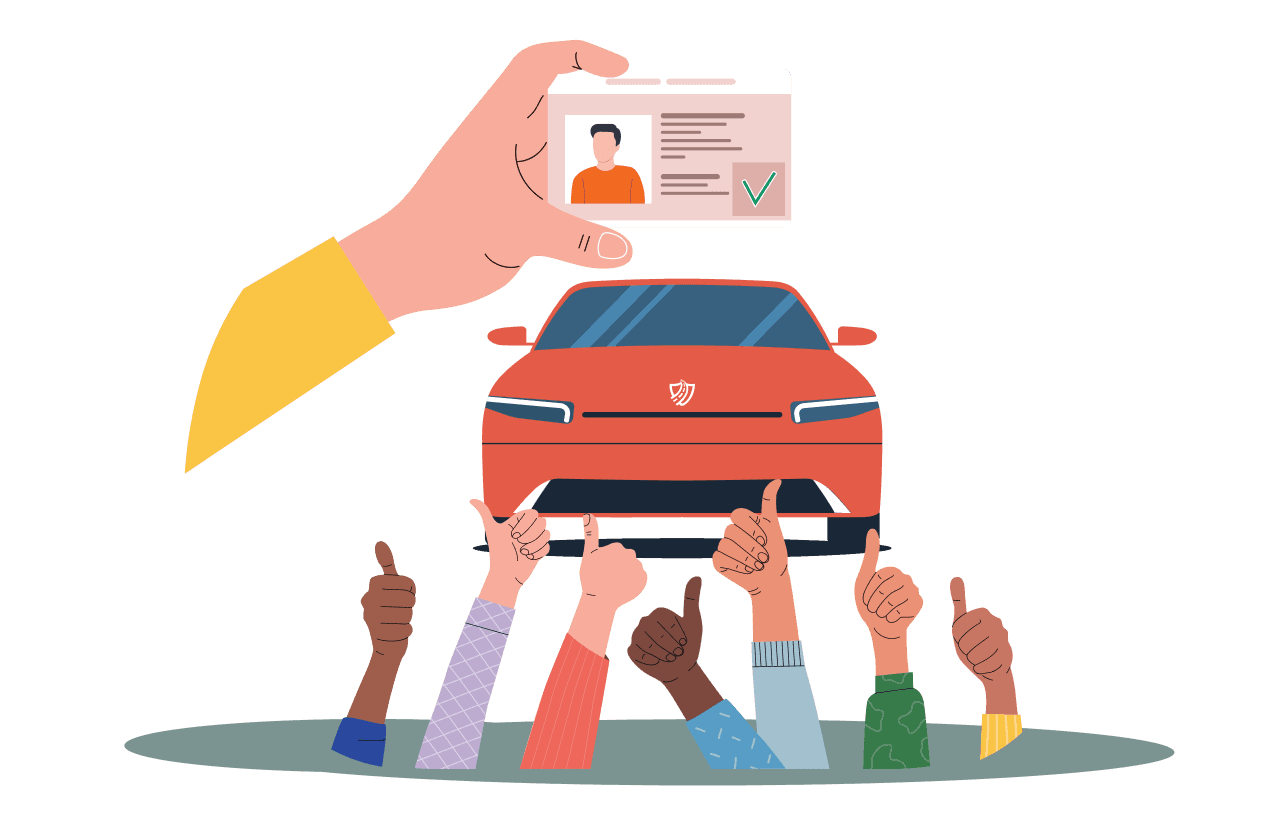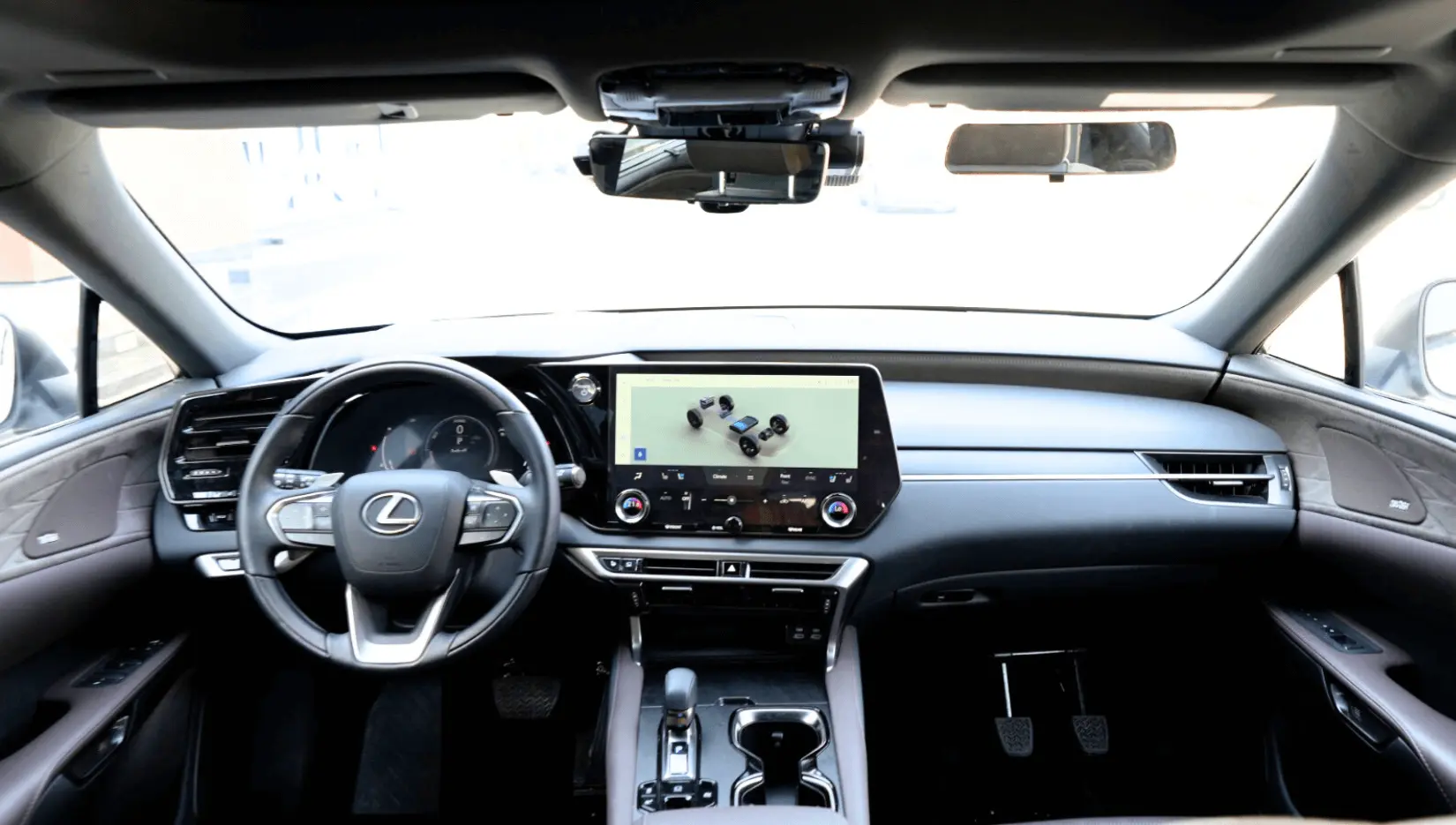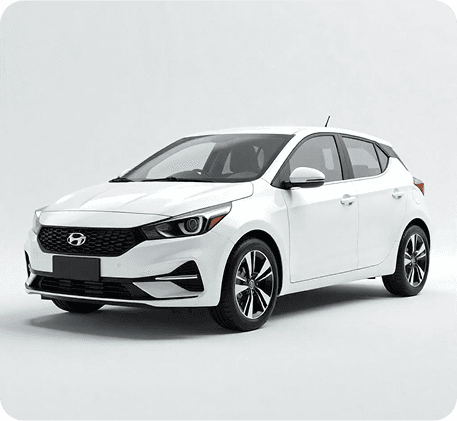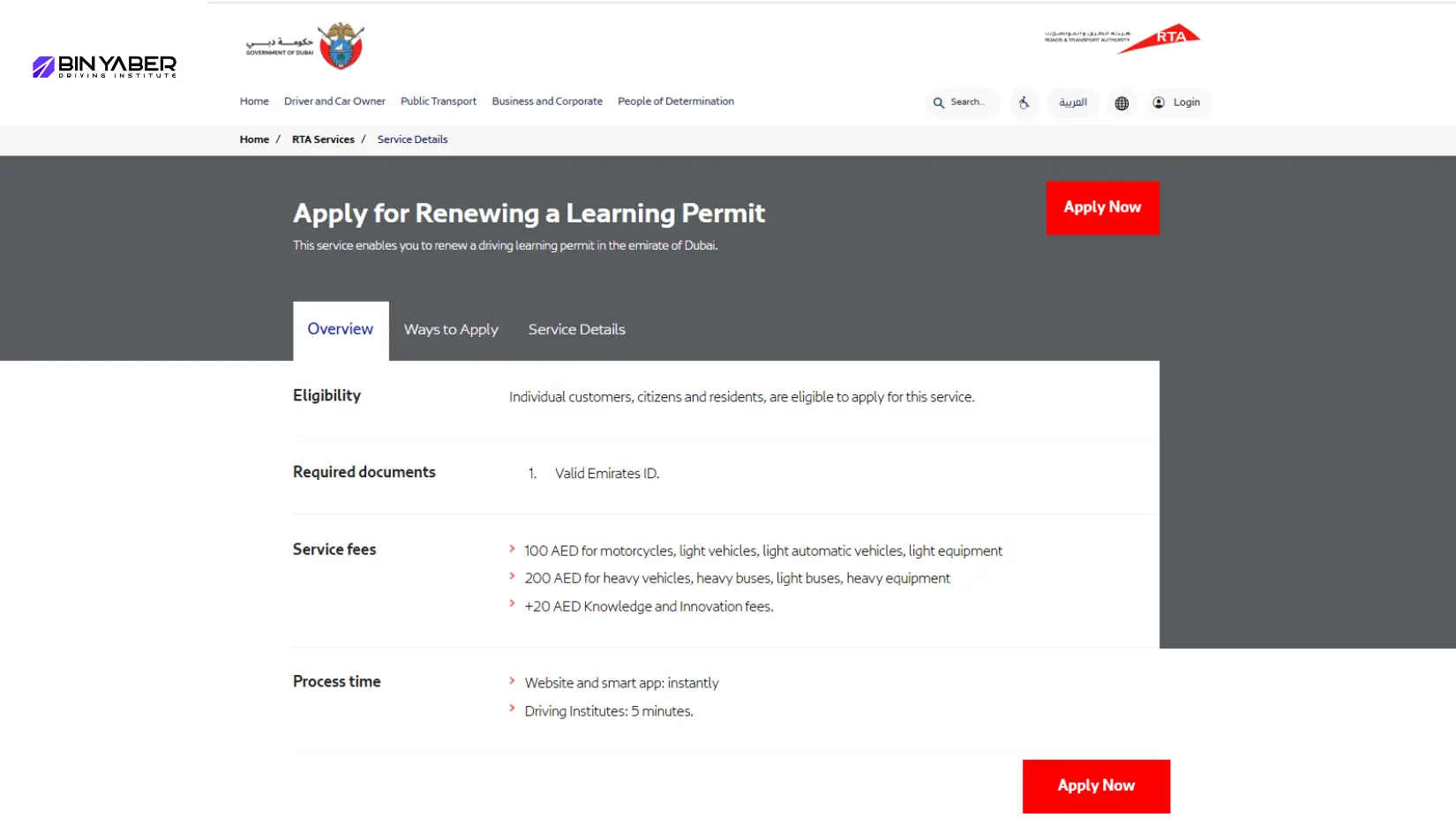
New Year Special Offer! Book Your Lessons Today.
Start 2026 on the right track with our special offers on Regular & Lumpsum packages. Enroll now—limited-time offer!
Get in touchBin Yaber Driving Institute Driving School in Dubai, UAE
Welcome to Bin Yaber, one of the best driving institutes in Dubai, where we prioritize safety, confidence, and skill development on the road! Join us on the journey to becoming a licensed driver in the UAE as our driving center in Dubai offers a range of courses to accommodate various learning preferences. Let’s hit the road together, and drive towards a future of safe and skilled driving.
We are one of Dubai’s top driving schools, dedicated to safety, confidence, and skill development. With a range of courses to suit every learner, we’re here to help you become a licensed and skilled driver in the UAE
Read moreLive Stats

Licenses Issued Since 2020
50,000+

Customer Recommendation Rate
90%

Vehicles in Mint Condition
400+

1st Attempt Driving-Test Pass Rate (Motorcycle-2024)
70%
Comprehensive Driving Courses for Every Skill Level and Need
Bin Yaber Driving Institute offers courses for beginners and professionals. Choose Light Motor Vehicle, Motorcycle, Bus, Forklift, or VIP Training to drive confidently and safely.
Affordable Pricing for Every Driver
Budget-Friendly Pricing for Every Aspiring Driver
Expert instructors. Flexible schedules. Affordable fees. Proven results.
Latest News & Updates

Can You Drive an Automatic Car With a Manual Driving License?
Getting your driver’s license is a huge milestone—freedom, independence, and a lot fewer bus rides. But when it comes to the type of car you’re licensed to drive, things can get a little confusing, especially if you're wondering whether you can drive an automatic car with a manual licence in the UAE....













